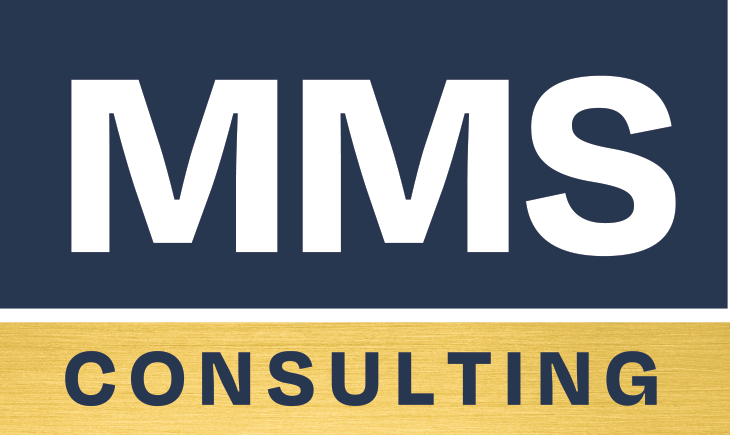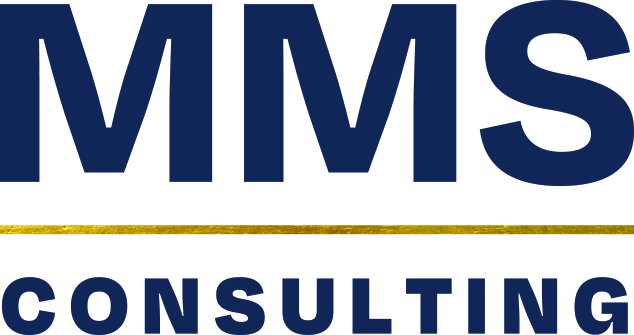Episode 07: 5 Tips on Giving a Killer Presentation
Today’s podcast is about customer presentations. Pre-coronavirus, these presentations were almost always in person of course. Some people call them a “dog and pony show”. Well, now that coronavirus has hit, things are much more complicated, and I’m going to do a series of shows in a few weeks on how to do a successful virtual or Zoom meeting. But for today, I’m going to just talk about the fundamentals of any customer presentation.
I remember one meeting in particular, of course before coronavirus, and we had at least 5 people there from our side. The customers filed in, one by one, coffee cups in hand, and they made a bee-line for the nearest chair, without talking to any of us, and they already seemed annoyed. We didn’t talk to them, because they seemed stand-offish, and I remember thinking, I wonder what we’ve done wrong already? Clearly they’re not super excited to have us here? I remember thinking I wished I could pull one of them aside, and ask what was going on. I really wanted to see things from their point of view, see our sales team from their eyes, so we could see what vibe we were giving off. Did they think we had too many people there? Were they mad at us for some reason?
Luckily not all presentations are this hostile, but it remains that it’s so useful if we can get inside the customer’s brain, and make sure we aren’t doing anything to annoy them even BEFORE we get started!
So that’s what we’re going to do today. I’ve spent years researching this, and getting inside the customer’s brain, so we can see things from their eyes, and that’s what we’re going to go over today.
So, let’s dig in. You’ve already made it past the cold-call, and through the first fact-finding meeting. You have discovered that they are in the market for what you’re selling, they’re interested in your product, and now they’ve invited you to come in and do a big presentation, either just for them, or for a big group.
Obviously, this is great news, but it’s really important that you’re treating customers the way they want to be treated, so you can make sure you’re not doing something stupid to sabotage yourself.
Here’s a few things you need to know about customers:
Don’t give company history – It’s shocking how often this happens.
NEVER talk about market share. It’s boring to them, and they don’t care. At all.
Never tell them you can save them money – you shouldn’t do this during the cold call, or during the presentation. Remember on our podcast with Chris Nowak he talks about this? During that interview, he talks about how he hates it when people try to sell on price. He expects the price to be competitive, but doesn’t need, or even want it to be the cheapest. He advises that a salesperson should be confident in their product, and demonstrate the VALUE, not just focus on the PRICE. Can in increase FTEs? Can you save money on cost of ownership? There’s a lot more involved than just the raw cost of the device. Of course, sometimes you’re going to occasionally run into someone who really does care about price, and that’s all they care about. But you should know that going into the presentation, because you should have spent a ton of time fact-finding, BEFORE your customer presentation, so you can figure out what’s really important to the customer.
Let’s say you flew in a whole bunch of people. Of course, this probably won’t happen as much during these pandemic times, but it’s still happening for big deals, and eventually life will get back to normal. Hopefully! But even if you fly in the CEO, don’t waste your first few minutes talking about this. THEY DON’T CARE! You can always do this at the end, or reference them during the presentation, but the customer will start to get a feel for you right from the start. So start talking about THEM right away, not about YOU.
Don’t put out brochures at the beginning. They will try to look through them, digest them, read them, and then they aren’t listening to you. And as we all know, brochures alone will never convince someone to buy, so don’t shoot yourself in the foot by distracting them right at the beginning.
Let’s talk about what happens before you even get there.
First, you need to find out exactly who is going to be at the meeting, and you’ll need to try, if you can, to meet with each of them BEFORE the meeting.
Why is this important? Because if you don’t, you run the risk of one of them putting up a big stop.
So, once you feel comfortable with who is going to be at the meeting, you know that they are either on your side, or at least aren’t against you, it’s time to strategize. I could literally write an entire book about customer presentations, so I won’t be able to get into every aspect today. Let’s think about presentations from the customer perspective. Imagine you’re sitting in their chair. What do they like to see? What is really off-putting? You might remember that we mentioned this during our interviews with both Chris Nowak, and Kenny Brown. If you haven’t listened to those yet, you should definitely go back and listen. They give tons of great insight, but I’m also going to get into some more in-depth customer research. Since we’re getting new listeners every day, I should mention that I did an extensive research project, where I asked hundreds of customers in 20+ states, and I’m going to pull from that rich database today.
So, that’s just a little tidbit for you about customer presentation. I have a whole unit on this during my sales training program, so if you’re interested, please reach out so we can talk about bringing me in to do a customized presentation for your sales team!
Links referenced in the podcast
Strategic Selling (Miller Heiman book on selling referenced)
MMS Consulting (My Consulting company)
Zoom (For virtual meetings)
Microsoft Teams (For virtual meetings)



